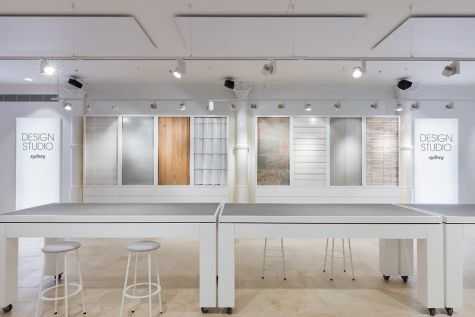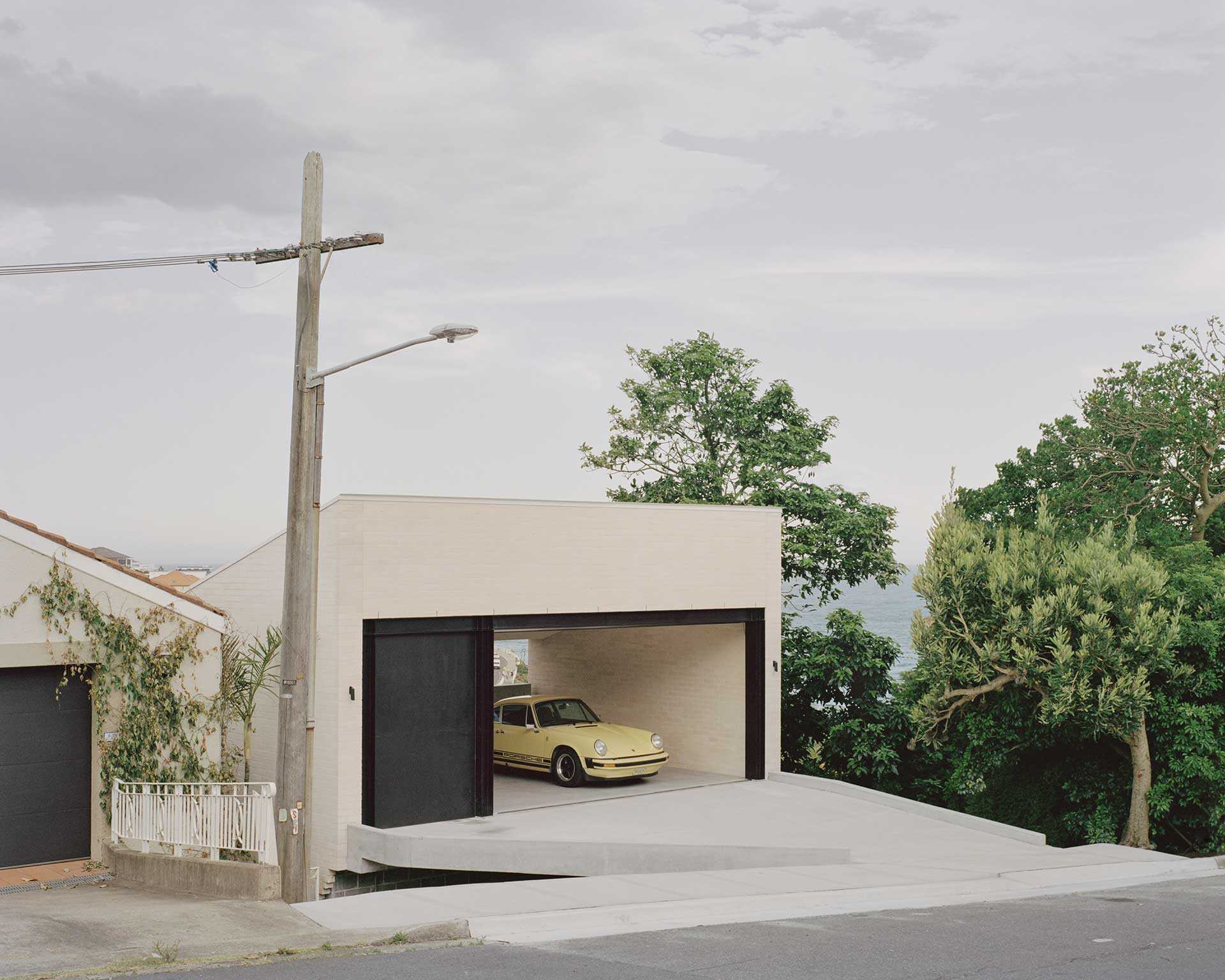
Project: Clayfield House
A case in point is the Brisbane suburb of Clayfield which is subject to what architect Adrian Spence calls a “timber and tin” covenant, as well as restrictions on building to boundaries. Ironically, the suburb’s name reflects its history as a source of fine clay for brick manufacture in neighbouring Hendra (yes, the suburb that gave the deadly virus its name).“I think that climatically timber is not necessarily the best material to use,” Spence asserts. “Masonry is a much more sensible building material even in our climate.”
He points out that countries on a similar latitude to ours, such as those of South America, typically build in masonry, both brick and block.“There is this misconception that timber houses are more ‘environmental’ but timber was used when Brisbane was developing because it was the cheapest material available.”
Spence had to design this project within the setbacks required but chose to work around the timber requirement by placing the masonry on the inside of the building, a building technology better known as reverse brick veneer. This places the high thermal mass of brickwork or blockwork on the inside where it is most effective at moderating temperature flows.The exterior, clad in this case in steel and timber, merely acts as a weather shield. An insulated cavity separates the two wall elements.
(It could be argued that this is exactly what double-brick walling has been doing for generations.An outer skin of brickwork also has the advantage of not requiring an applied finish to maintain its durability or appearance.)

This substantial family home is built on a slab with a structure of four major masonry walls, one on each side boundary and two in the centre forming the circulation space.The blockwork walls are core-filled with steel reinforcement and concrete enabling them to be loadbearing and carry the structural loads such as the upper level timber flooring and roof structure.
Instead of choosing standard grey blocks, Richards & Spence chose Austral Masonry’s GB Honed range in a soft off-white colour dubbed Porcelain.Their higher cost was offset with the savings made by eliminating the need to sheet these major walls with plasterboard. Although there are lightweight cross-walls finished with plasterboard, the exposed face of the blockwork is a major decor element throughout.

Austral Masonry’s GB Honed range is distinguished by its fine surface finish, a result of the high percentage of sand used in their manufacture.The Smooth finish was chosen for this project; Artique is also available in Split Face or Honed finishes.
The walling is a combination of full-height and half-height blocks, the latter being finished with an angled mortar joint to create shadow-lines. At skirting level and in architraves, the blocks are polished to form a seamless boundary that is also easy to keep clean.These units were also used in the kitchen splashback and in several feature walls. (The polished finish is an optional feature recently introduced for all GB Masonry Collection products.)
The house is designed around a courtyard, a familiar feature in Richards & Spence’s commercial and residential designs. Courtyards are common in traditional European architecture, especially in Mediterranean countries, allowing light and ventilation into the centre of the house and enhancing privacy.This is in contrast to the conventional Australian practice of bringing in light and creating ventilation at the edges.

“Town planning in Brisbane is very proscriptive in that they assume you will build in the middle of the site,” Spence considers.“They imagine you are going to build a timber house with a hip roof in the middle of the site with verandahs around it. It’s very difficult to design courtyard houses when you can’t build to the edges of the site.”
The layout is conventional with living areas and guest accommodation at ground level.“The courtyard is used as a way of organising those living areas,”Adrian Spence explains.The kitchen is at the centre, surrounded by a sitting area with a fireplace, a media room and a dining room that opens out to the pool and an outdoor room. Upstairs are four bedrooms, three bathrooms and a study.
Concessions for window hoods in the side boundary setback were used to good effect to provide niches for seating and beds.Window frames are fixed externally and hidden from view, maintaining the “purity” of the openings in the blockwork walls.
Despite the boundary and setback requirements, the courtyard design still achieves its goal of blurring the transition between inside and out while preserving privacy.The “timber and tin” covenant prompted the designers to turn the structure inside-out, thus creating a unique, low maintenance, thermally-efficient interior.All of which goes to prove once again that good design will always find a way.

- Embrace the elegance of this block as its subtle sparkle of natural aggregate shines through.
Learn about our products.
Join us at an event.




















